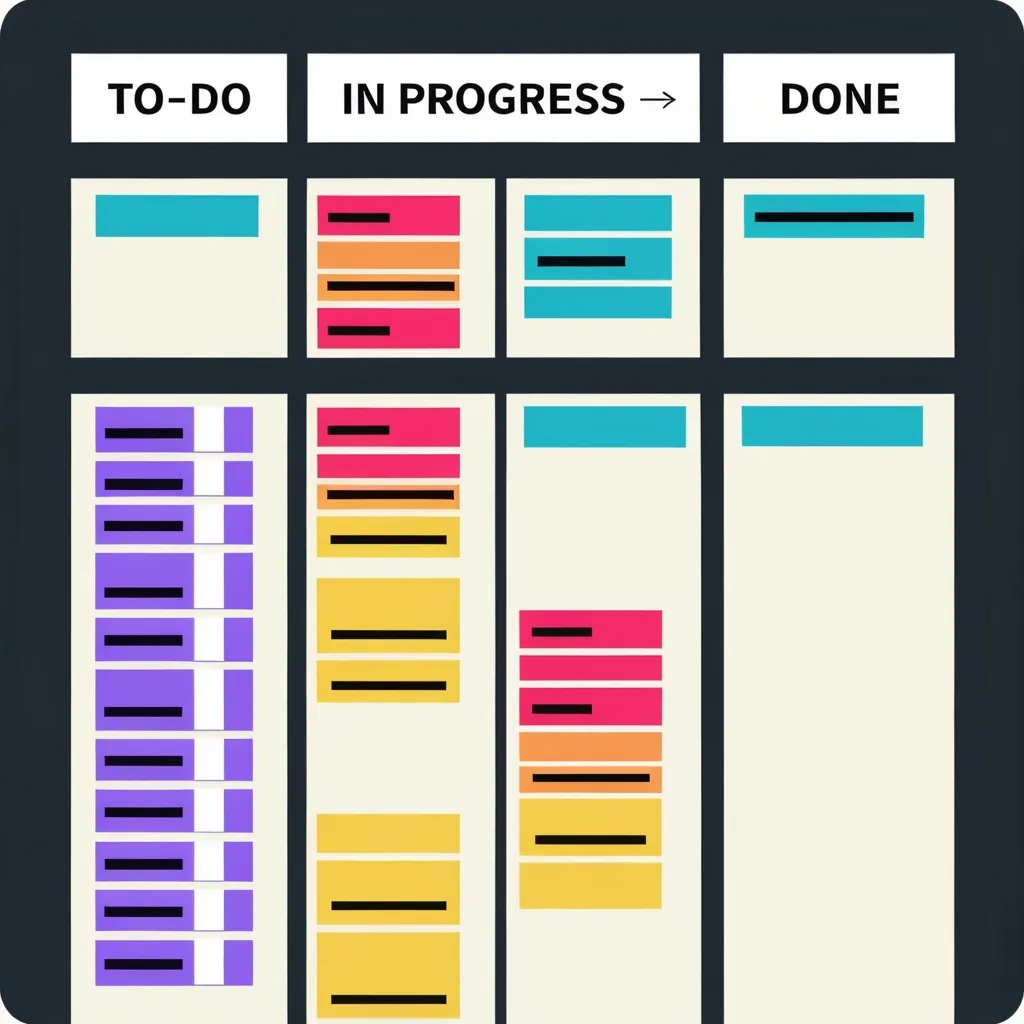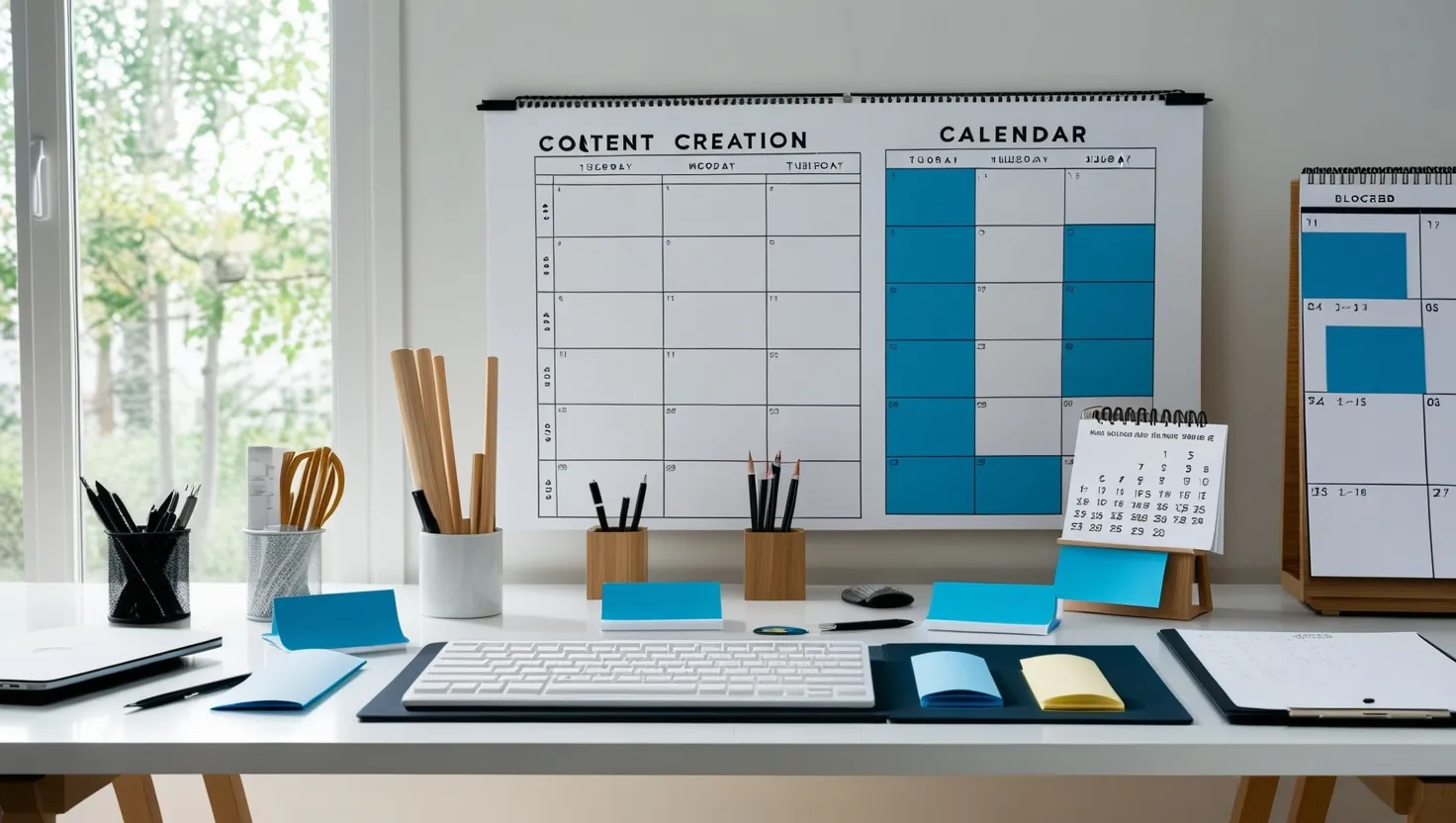In today’s fast-moving work culture, buzzwords get thrown around pretty quickly, but there’s one tool that’s making waves for all the right reasons: the Kanban board. Picture this - a board where all your tasks sit pretty in neat columns, showing off what’s to be done, what’s in progress, and what’s finally accomplished. It’s like giving your workflow a makeover that makes everything easier to manage.
What Exactly is a Kanban Board?
Think of a Kanban board as a giant visual to-do list. Imagine a whiteboard covered with sticky notes in various columns. These columns reflect different stages your tasks go through, like “To-Do,” “In Progress,” and “Done.” The concept isn’t new. It’s inspired by Toyota’s production system but has become a go-to framework for software development, marketing teams, and more.
Setting Up Your Kanban Board
Setting up is a breeze. Start by creating columns that reflect stages in your workflow. For instance, if you’re working on a software project, columns like “Backlog,” “Development,” “Testing,” and “Deployment” make sense. Each task is represented by a card. As tasks move through different stages, so do the cards, offering a clear trail of what’s happening.
Key Features of a Kanban Board
Visual Workflow
One of the standout features is how it makes everything visual. Seeing all tasks in one place helps in tracking progress and spotting bottlenecks. It’s like having a bird’s eye view of the entire project.
Work-in-Progress (WIP) Limits
Another cool feature is WIP limits. This means that only a certain number of tasks can be in a particular stage at any time. It pushes teams to finish tasks before starting new ones, keeping everything flowing smoothly.
Real-Time Collaboration
Kanban boards pave the way for real-time collaboration. Team members can see task statuses and discuss issues as they pop up. This keeps everyone in the loop and speeds up problem-solving.
Customization
You can tweak the board to fit your team’s needs perfectly. Add custom columns, labels, or even integrate other tools. The board grows with you.
Analytics and Metrics
Most Kanban tools come with analytics, like cumulative flow diagrams and cycle time reports. These help in spotting bottlenecks and making tweaks for better efficiency.
Benefits of Using a Kanban Board
Improved Visibility
Kanban boards give you a bird’s-eye view of project status. It makes spotting where tasks are piling up or where bottlenecks are easier.
Enhanced Collaboration
The visual nature of the board facilitates effortless collaboration. Everyone knows what’s happening, who’s doing what, and where tasks are in the workflow.
Increased Efficiency
By limiting WIP and focusing on finishing tasks before starting new ones, Kanban boards drive efficiency. The workflow becomes smoother, leading to quicker task completion and higher quality work.
Adaptability
Kanban boards are super flexible. Adjust the workflow and add tasks as needed. This adaptability makes them perfect for all project types, from simple to complex.
Real-World Scenarios
Imagine a marketing team managing a campaign. Columns could be “Planning,” “Design,” “Content Creation,” “Review,” and “Deployment.” Each task, like creating social media posts or designing graphics, gets its card. As work progresses, cards move across columns, showing the campaign’s progress for everyone to see.
Now, picture a software development team. Columns like “Backlog,” “Development,” “Testing,” and “Deployment” make sense. Each card represents a feature or bug fix. Moving cards through these stages ensures no phase gets overloaded with tasks, keeping the workflow smooth.
Choosing the Right Kanban Tool
With tons of Kanban tools out there, picking the right one can be a bit daunting. Here’s what to consider:
Ease of Use
The tool should be user-friendly. Look for drag-and-drop interfaces and clear visualizations.
Flexibility
The tool should be customizable to fit your team’s size, projects, and workflows. Make sure you can add custom columns and integrate other tools.
Integration
Make sure it syncs easily with other software your team uses – think project management software, communication tools, and time trackers.
Scalability
The tool should grow with your team. Look for scalable plans that can handle more massive, more complex projects.
Beyond Software Development
Kanban boards aren’t just for IT or software projects. They’re versatile and can be used in various industries. A product management team might use a Kanban board to lay out their product roadmap. Marketing teams can manage campaigns, and customer support teams can track and resolve issues.
Wrapping Up
So, you see, Kanban boards can seriously level up how you manage tasks. They give you that crystal-clear visual of your workflow, bump up collaboration, squash bottlenecks, and boost overall efficiency. Whether it’s a small project or a mammoth scheme, a Kanban board can be your go-to tool in the project management toolkit. Give it a whirl, and you’ll likely see your team’s productivity soar to new heights.






